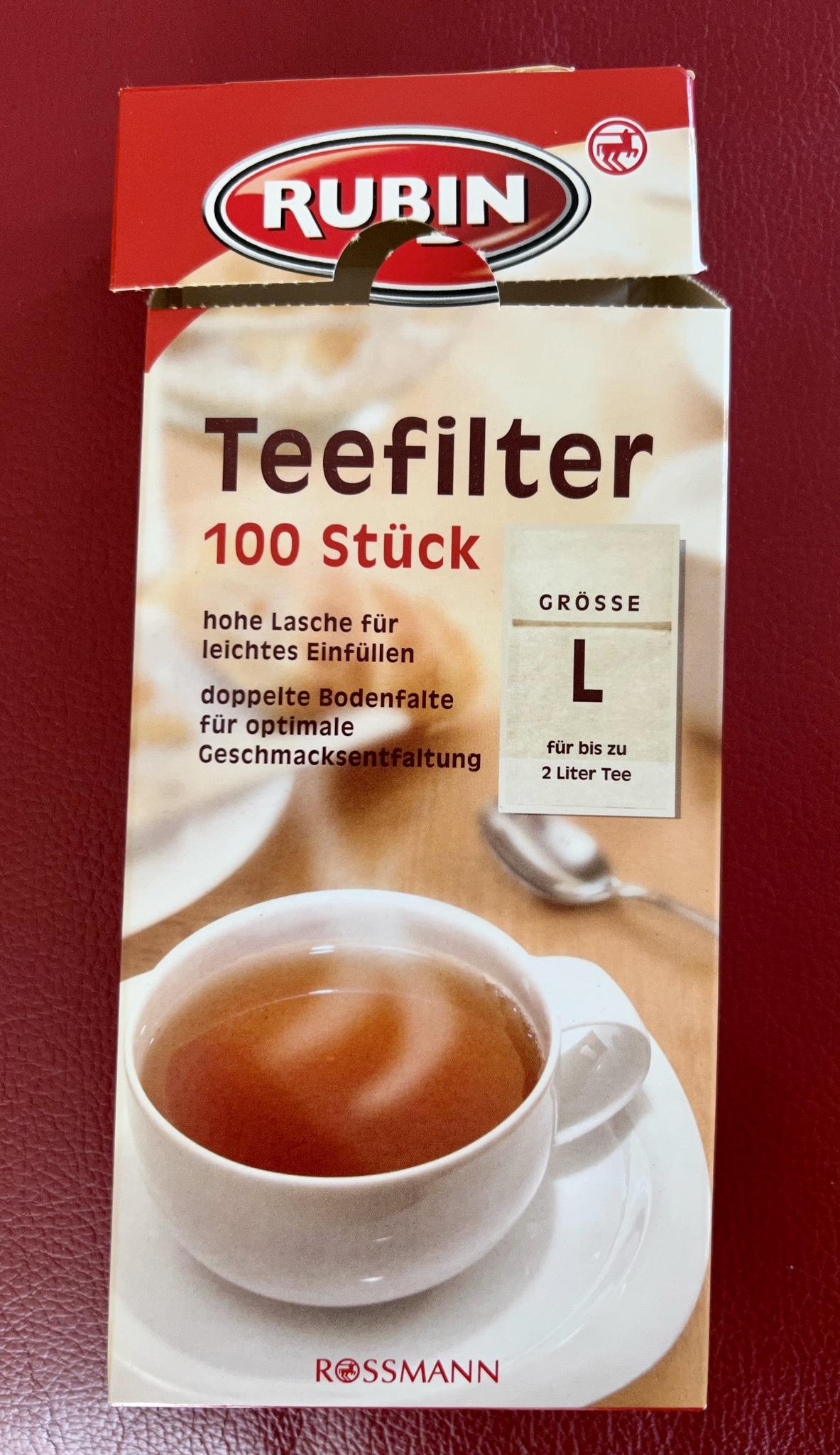fossana
Member
- Joined
- Jan 11, 2018
- Messages
- 1,035
I'm about to head to Escalante/Glen Canyon again, which is super silty right now. The pores on my gold coffee prefilter are too big to block the silt last time, and l was only mildly successful with gravity or the fabric I had on hand. I tried alum, but the water tasted nasty afterward; I suspect that I added too much. It took me a long time to backflush the silt out of my Sawyer after the last trip, and I only filtered a few times from the river.
I'm curious whether a tightly woven poly fabric, like interfacing might work. Similar fabric is used for silt fences for run-off control, as well as pool filters.
I'm curious whether a tightly woven poly fabric, like interfacing might work. Similar fabric is used for silt fences for run-off control, as well as pool filters.


